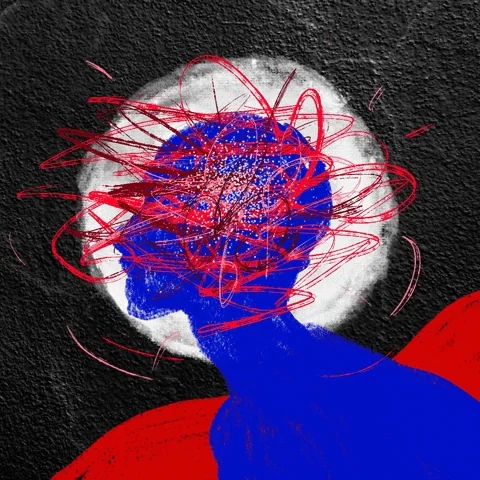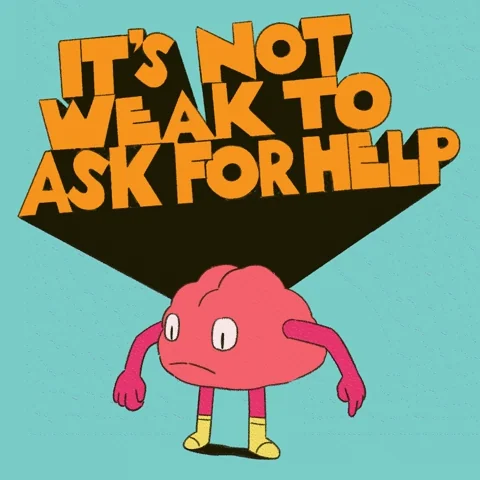Is something unusual happening to you?
 Photo by Mahyar Yeganeh on Unsplash
Photo by Mahyar Yeganeh on UnsplashCan you imagine sitting in a public place, such as a park or a restaurant, and suddenly, any part of your body starts to move or some "unusual" sounds start coming from your throat?
Yes, it could happen, and this is calledtic disorder. Recognizing different types of tic disorders is the first start to managing a tic.
What is a tic?

Tics are irregular, uncontrollable, and repetitive muscle movements that can happen in any part of the body.
A tic disorder is a condition that involves the central nervous system. This disorder usually starts in childhood and first appears at approximately 5 years of age. Very occasionally, they can start in adulthood. Tics often improve or stop completely over time, with the worst symptoms usually appearing between age 8 until the early teens.
In most cases, tics resolve within a year. However, in some cases, they can turn into a chronic (or long term) type. Tourette syndrome is a condition when tics have lasted more than a year.
Types of tic disorders

Here are three types of common tic disorders:
Provisional tic disorder: this often shows up when kids are younger, and it affects about 20 out of every 100 school-age children. It's usually diagnosed if a child experiences one or more motor (physical) or vocal tics for at least one month but for less than one year.
Persistent (chronic) motor or vocal tic disorder: With chronic tics, a child might have one or more tics that don’t go away. It lasts more than a year. These tics can be either physical movements or sounds, but not both. They usually start before age 18 and happen to fewer than 1 in 100 kids.
Tourette syndrome: Tourette syndrome is a more serious type of tic disorder. With Tourette syndrome, a child will have both physical and vocal tics. About 1 in 162 kids in the U.S. have it, and it usually starts between ages 5 and 10. The number of tics can go up and down over time. For some, the condition might get better as they grow older, but for others, it might get worse.
Recognize the symptoms of tics disorder
Motor tics
eye blinking
head shaking
shrugging
arm jerking
Vocal tics
coughing
grunting
throat clearing
humming
squeaking
whistling
Tourette syndrome
As this is a complex brain disorder, people with Tourette syndrome have both motor and vocal tics. Tourette syndrome is the most severe and least common disorder.

Causes and symptoms of tics
Tics can happen randomly. They may be triggered by stress, anxiety, tiredness, excitement, or even happiness. They often worsen when discussed or focused on.
Tics typically begin with an uncomfortable sensation that builds in your body until you relieve it with the tic. Sometimes you might be able to suppress (or stop) the tic.
This video can help you recognize the symptoms of a tic disorder:
When to seek help
Tics aren't usually harmful and don't cause any damage to the brain. But sometimes, you need to go to the doctor if you notice that it:
happens often
causes pain or discomfort
interferes with your daily life
causes social problems like bullying or isolation
it comes with anger, self-harm, or depression
 Photo by Verne Ho on Unsplash
Photo by Verne Ho on UnsplashDiagnosis and treatment
To get a tic diagnosis, you must be under 18 when symptoms start, and the symptoms shouldn't come from other medical conditions or drugs. Treatment depends on the type and severity of the tic disorder.
Often, tics go away on their own without any treatment. However, severe tics can be treated by:
therapy
medication
Quiz: Kelly's problem in school

Kelly is an 14-year-old girl. Sometimes, she makes unwanted sounds when her class sings the national anthem in school. Other students used to mock her. What should she do?
A. Tell her parents to take her to the doctor.
B. Stop participating in the anthem.
C. Confront the bullies.
Quiz
What should Kelly do?
Take Action

If you think you or a friend might be experiencing symptoms of these types of tick disorders:
Your feedback matters to us.
This Byte helped me better understand the topic.
